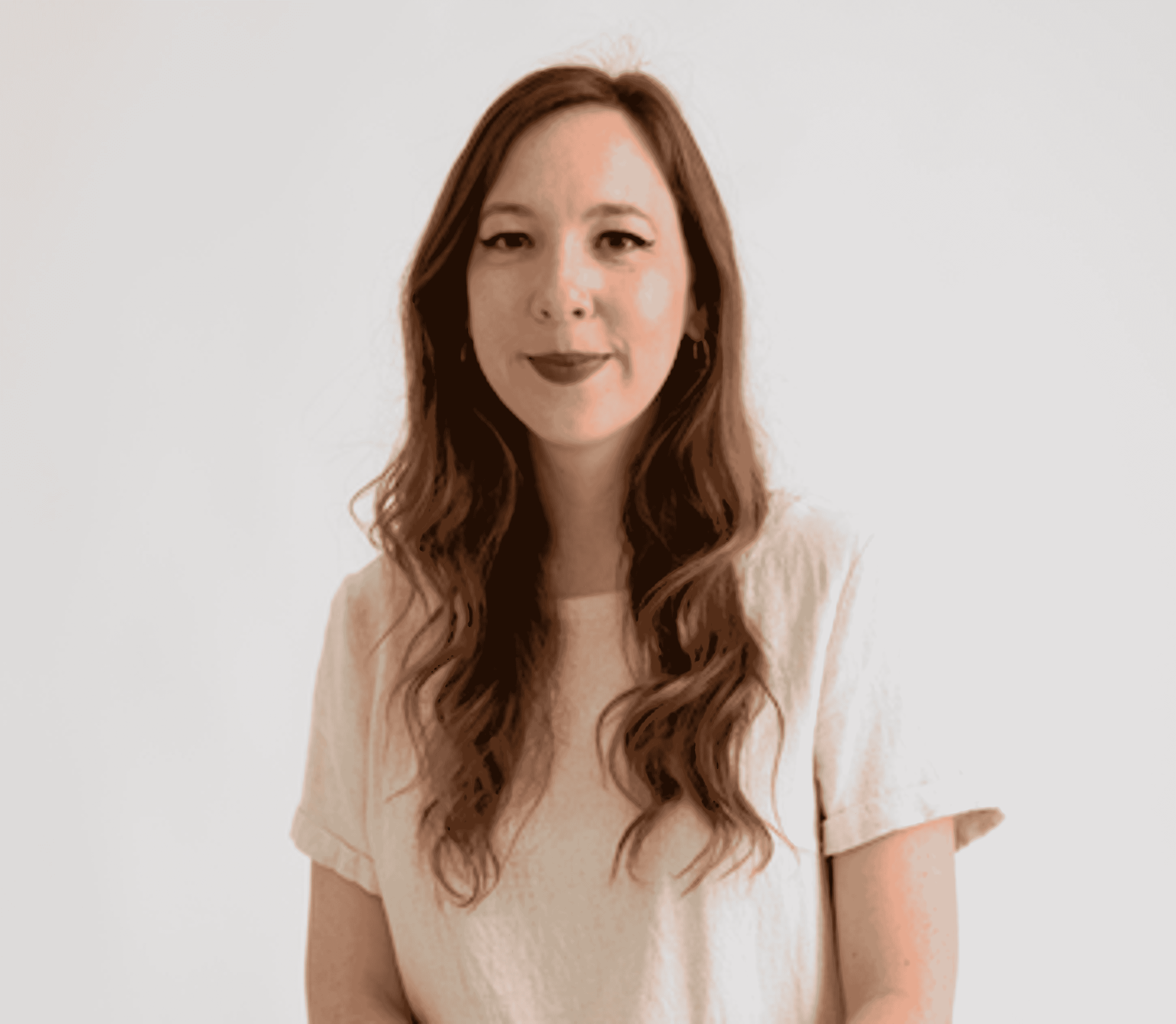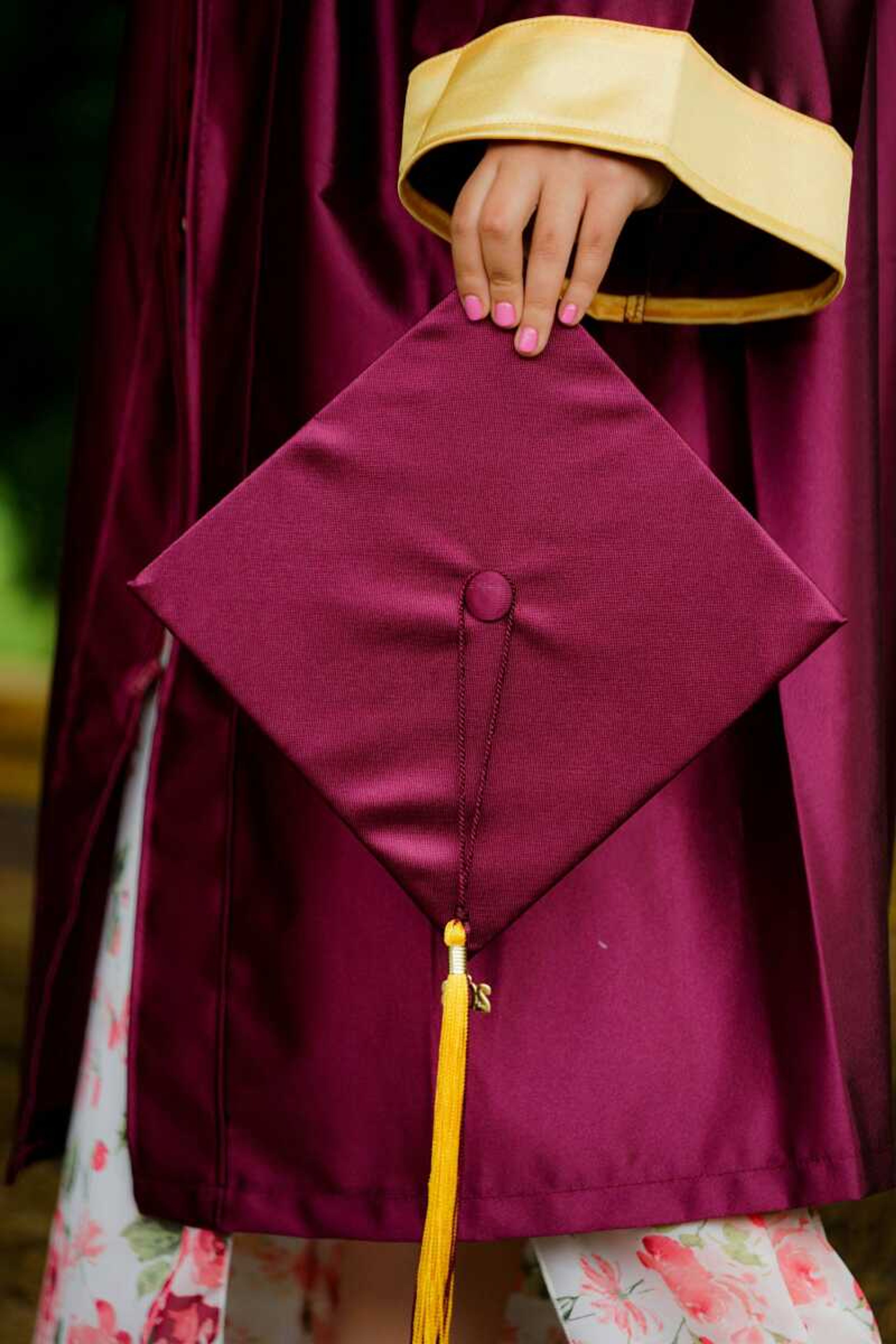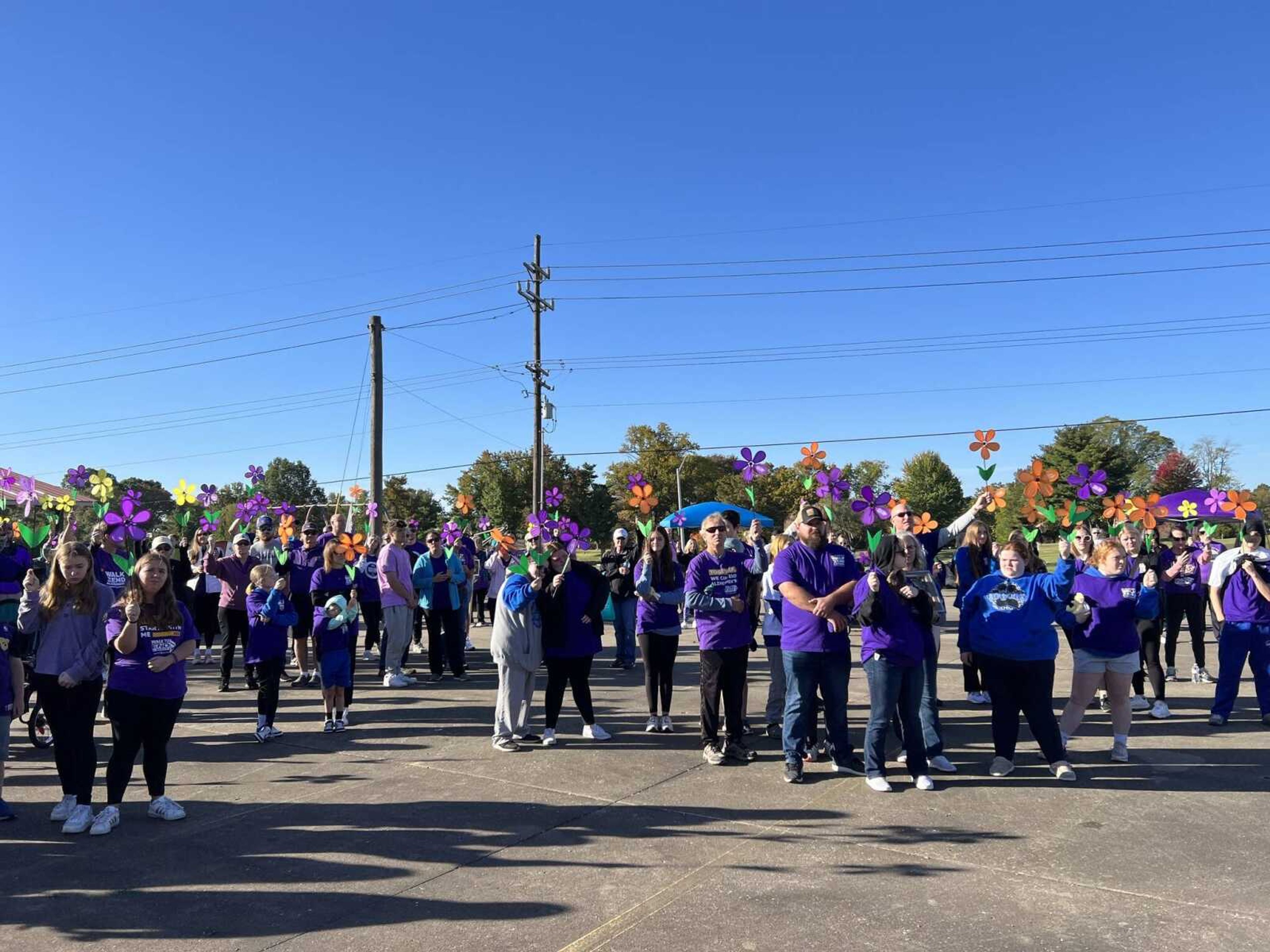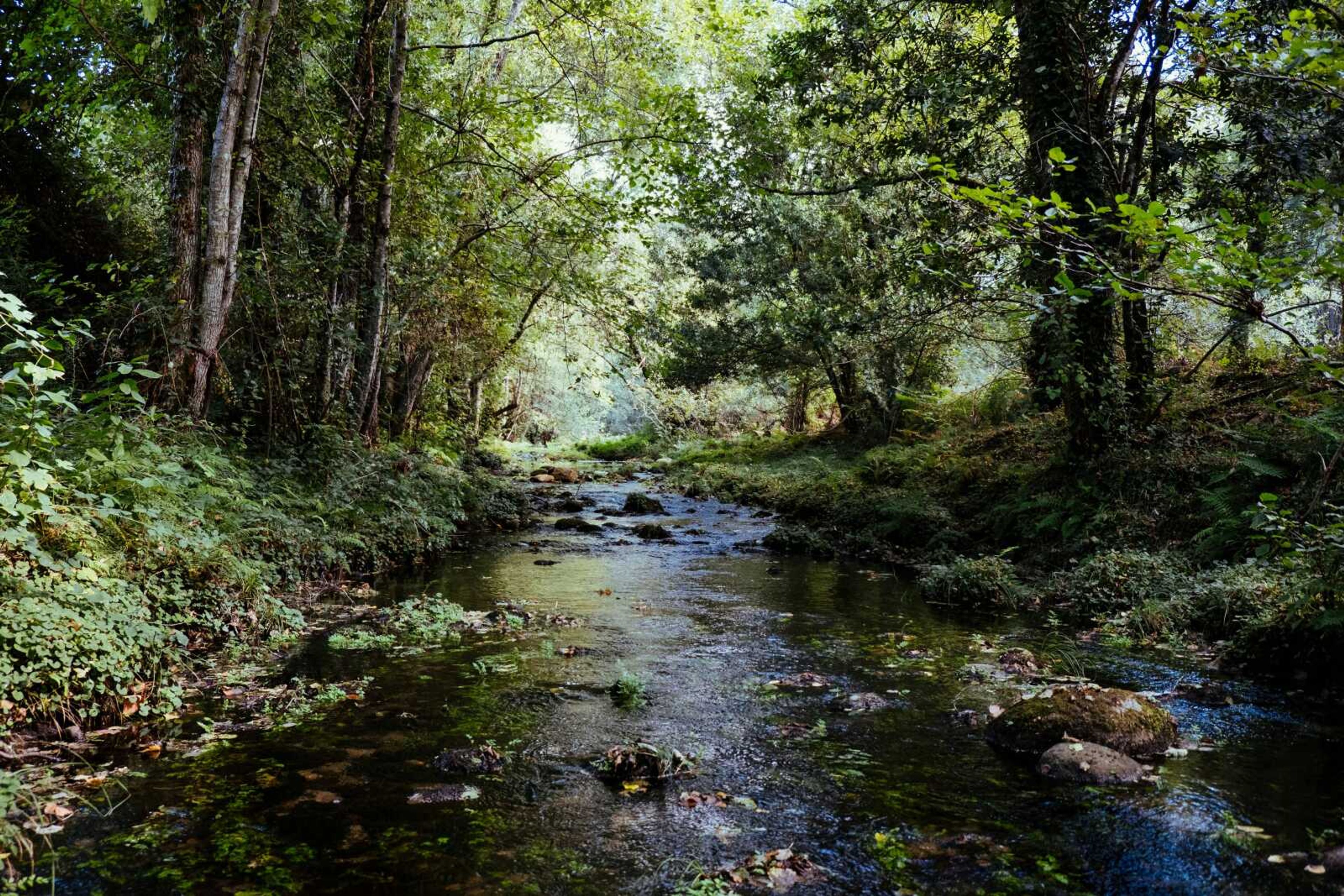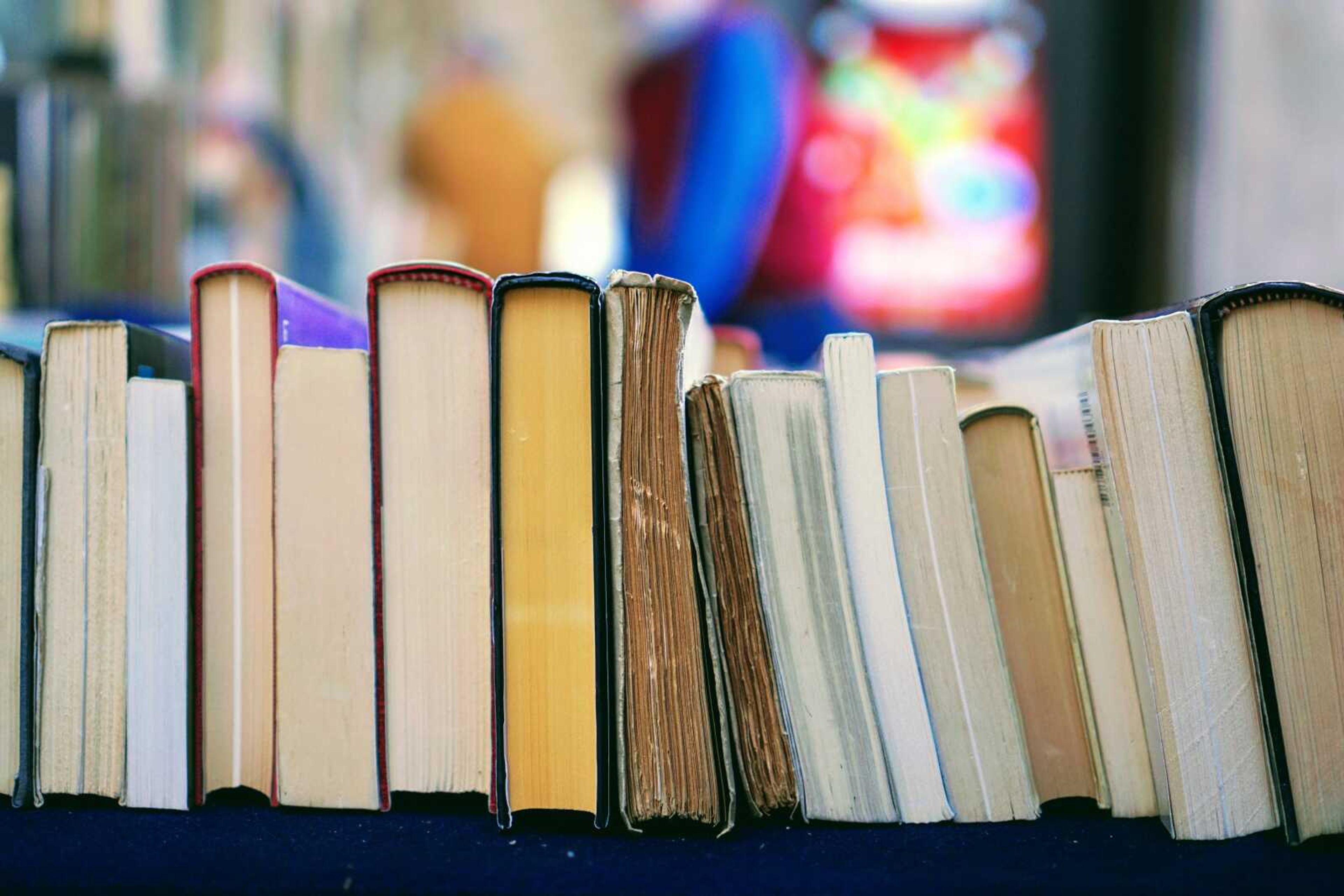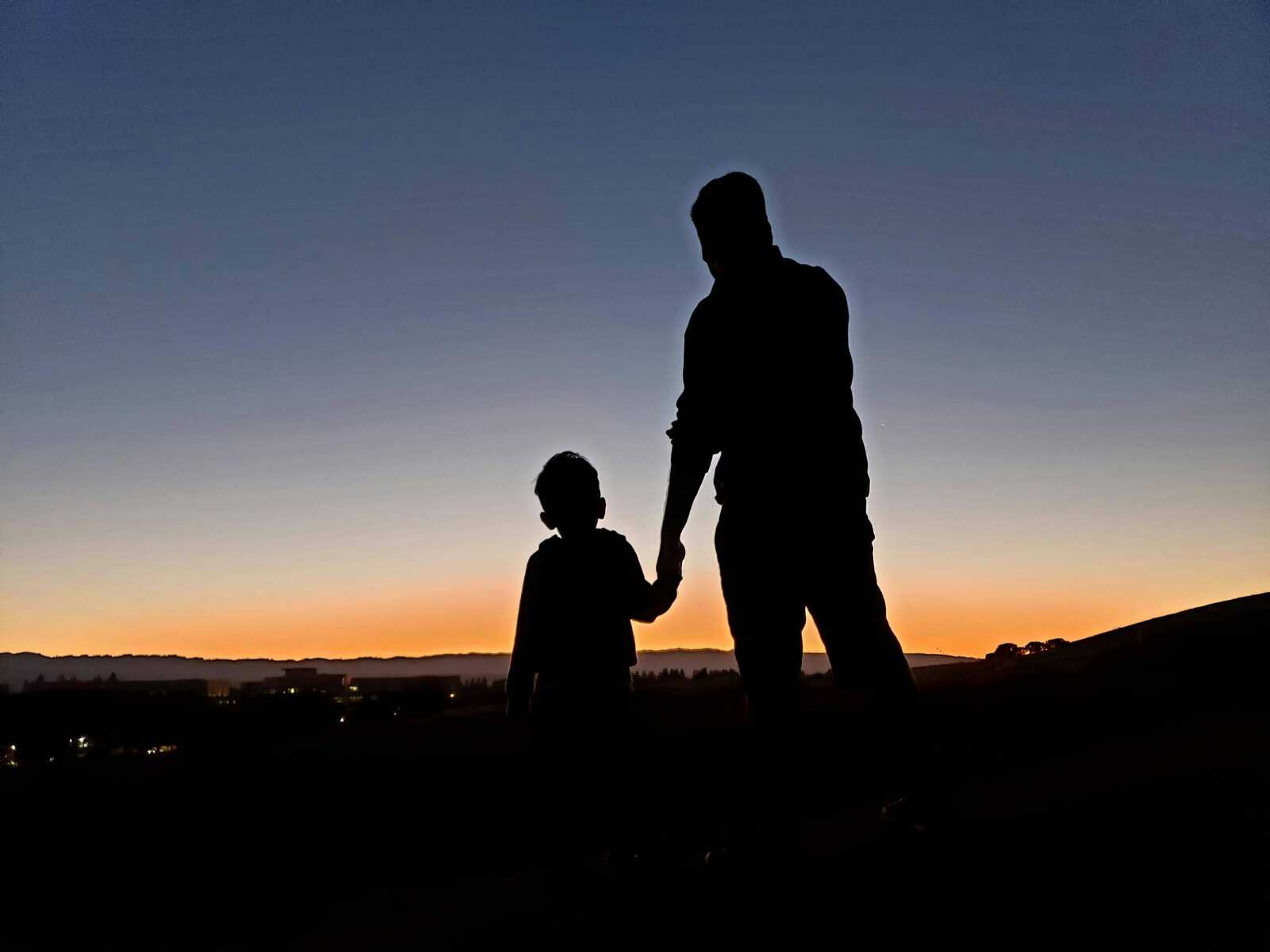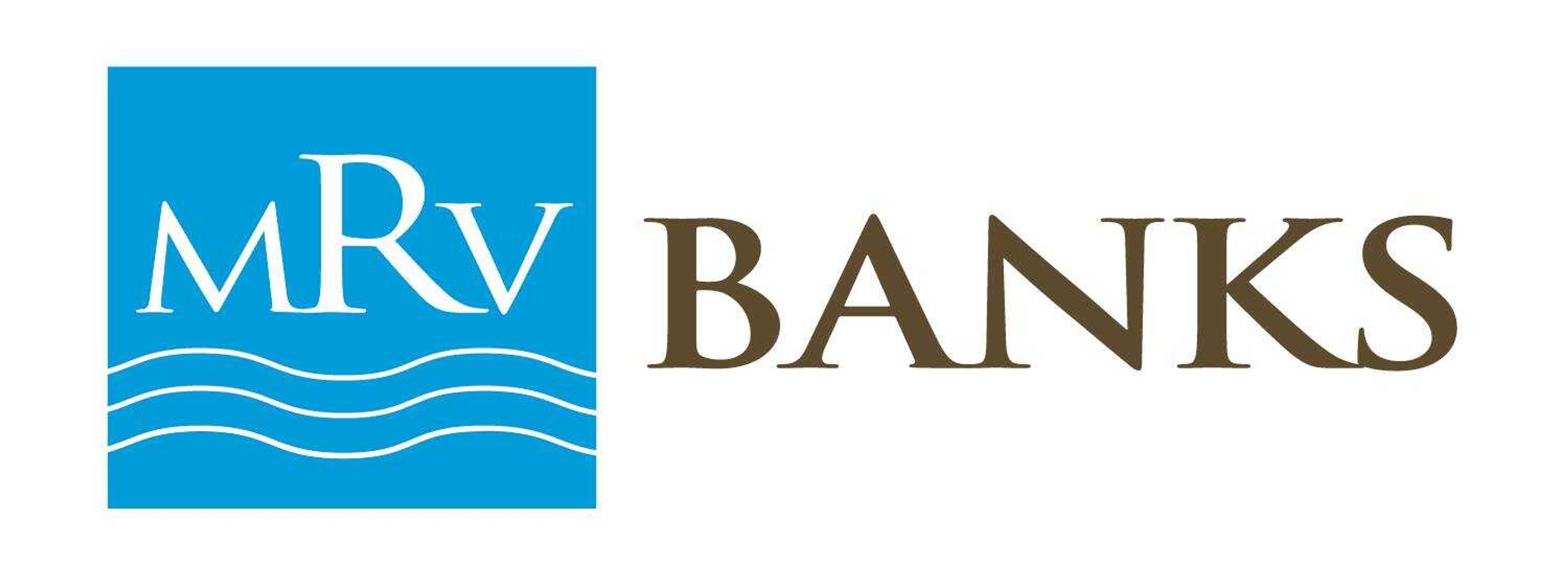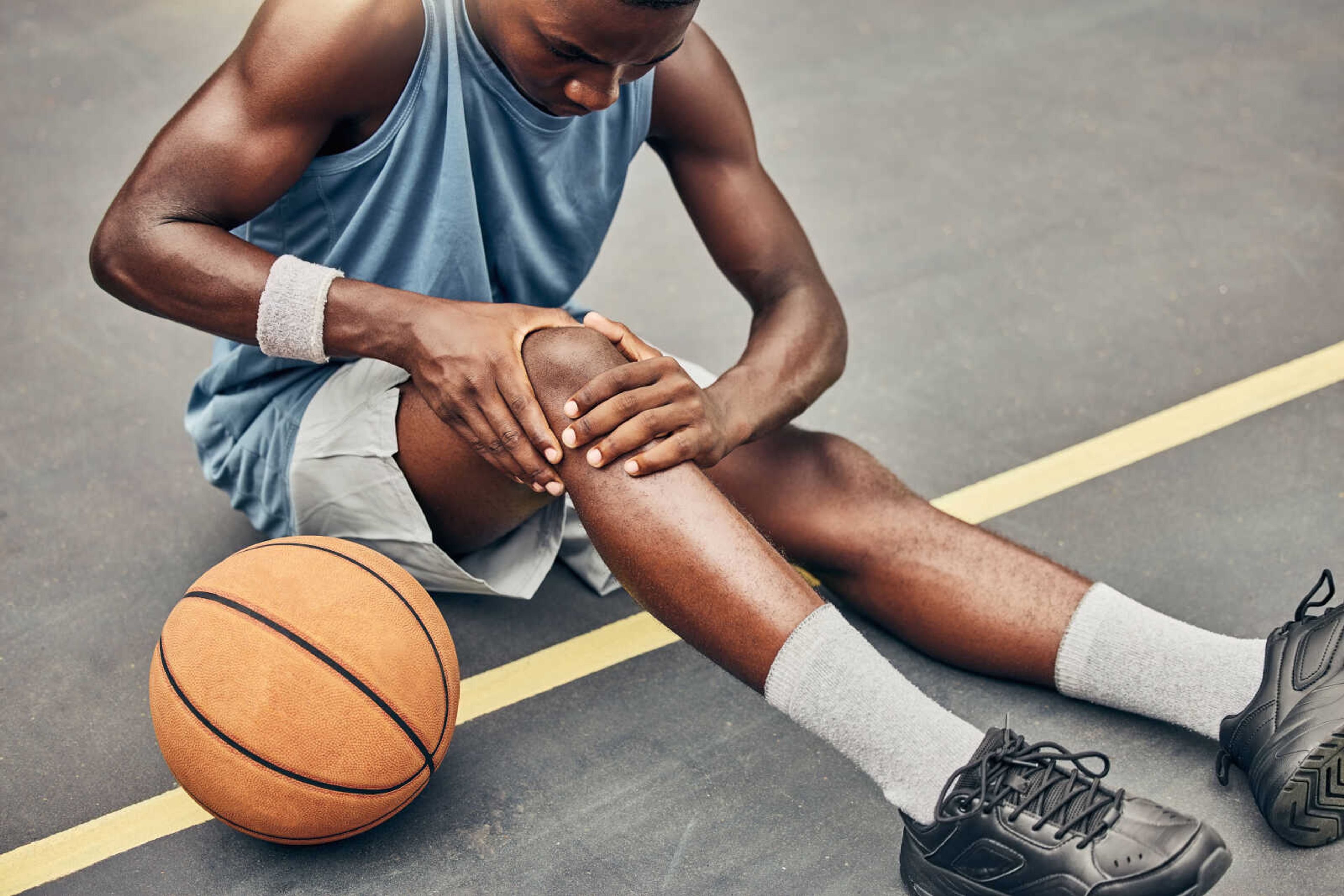Giving Nature New Life
Mike Goodwin has the urethane form and hide of a 10-foot-tall Kodiak bear shot on Kodiak Island, Alaska, laying on its back in his taxidermy shop just outside of Jackson. He and his assistant, Kevin Elfrink, are using adhesive to glue the hide to the form while sewing it together. This is the second day they’re working on it, with hopes to finish mounting it and doing the habitat recreation work within two more days...
The art of taxidermy
Mike Goodwin has the urethane form and hide of a 10-foot-tall Kodiak bear shot on Kodiak Island, Alaska, laying on its back in his taxidermy shop just outside of Jackson. He and his assistant, Kevin Elfrink, are using adhesive to glue the hide to the form while sewing it together. This is the second day they’re working on it, with hopes to finish mounting it and doing the habitat recreation work within two more days.

Before this point, however, the bear was skinned. The skin was prepped and salted, then shipped to Montana for tanning. It was shipped back to Goodwin, who measures the skin and orders a foam mannequin cast from a clay sculpture created by an artist to fit the measurements. Then Goodwin uses clay adhesive to glue the skin, split from the belly to the chin, to the urethane form. When the skin does not fit the form perfectly, he has to problem-solve by cutting the form from the middle. He then sews the skin together, 15 to 20 feet of stitching in all. He also creates realistic-looking glass eyes and clay feet and finishes each piece with airbrush painting.
“It’s a process, the whole thing,” Goodwin says. “It’s all steps.”
As a taxidermist, Goodwin is a painter and a sewer, as well as well-versed in animal anatomy. He is a businessman and expert about the other craftsmen in the field who are experts.
“It’s our job to know the good tanneries, know the good sculptors and to have quality people at every step along the way,” Goodwin says. “Because if you don’t, you’re asking for serious trouble.”

Goodwin began working for taxidermist and family friend Mike Kahle at Kahle Studio when he was 16. Although Goodwin wasn’t interested in taxidermy at the time, he continued to work there throughout college. During this time, Goodwin worked on museum exhibits with Kahle Studio for the Missouri Department of Conservation and museums in Texas, Michigan, Saudi Arabia and Germany, alongside many top-tier taxidermists.
During college, Goodwin began creating mounts from his own duck hunts. From a family of teachers, Goodwin studied education at Southeast Missouri State University; when he realized he didn’t want to work with children, he finished his degree in general studies and decided to open up his taxidermy shop, Southeast Taxidermy, in 2004 as his mentor Kahle retired.

Goodwin puts in long hours, working 12-hour days during the week and 10-hour Saturdays nearly year-round. Deer are Goodwin’s “bread and butter,” but he also mounts birds, fish and African game animals, to name a few of his other projects. His favorite mount he’s done is a zebra being drug down by two lions, a project that took 225 hours. Deer mounts, which Goodwin fleshes and salts before sending to a tannery in Iowa and receiving it back for assemblage, usually take him approximately 15 hours.
Taking time to do each step correctly, with precision and high-quality craftsmanship, is important to Goodwin.
“The buck stops here, literally,” Goodwin says, as he sews the Kodiak bear amongst a workshop full of deer mounts. “A guy books a trip and looks forward to going on this trip. Killing something’s not guaranteed, and they get one killed, and it’s an animal this caliber. If anybody in our line of it skips a step or acts like it’s just another bear … well, it’s not just another bear to that guy. He’s got a lot of time and a lot of money in it, and then just the fact that he got lucky enough to kill an animal like this. That’s why you take your time and do it correctly.”
Connect with the Southeast Missourian Newsroom:
For corrections to this story or other insights for the editor, click here. To submit a letter to the editor, click here. To learn about the Southeast Missourian’s AI Policy, click here.

